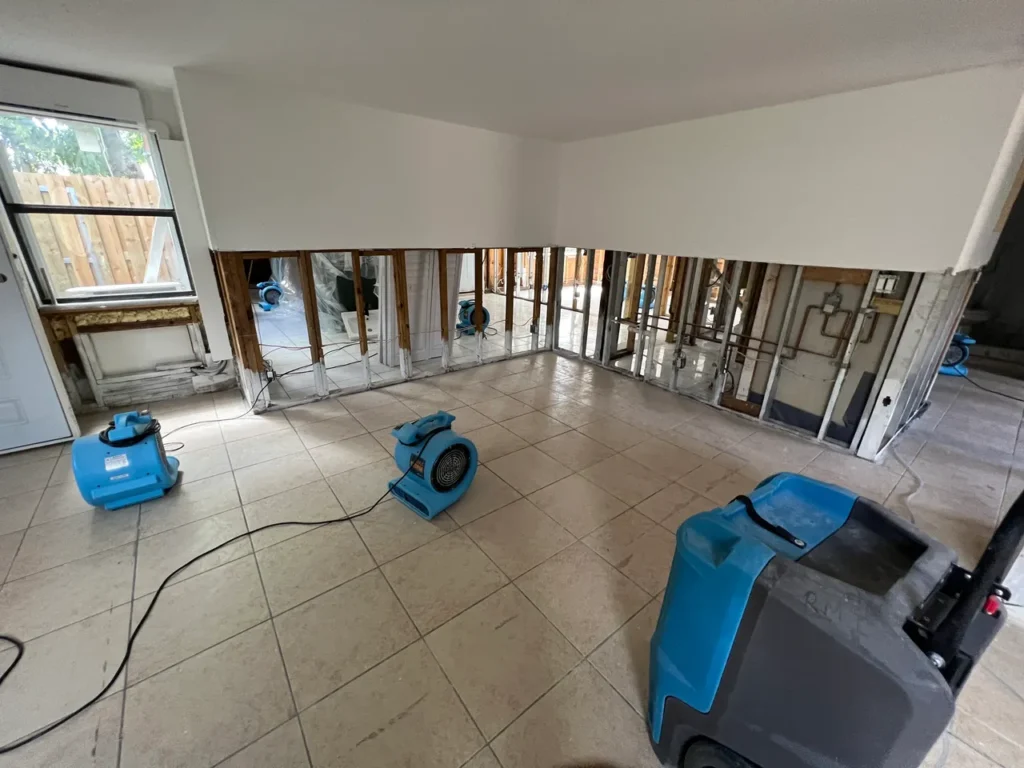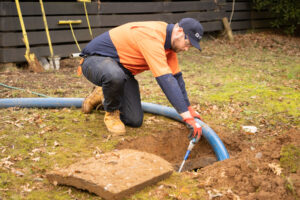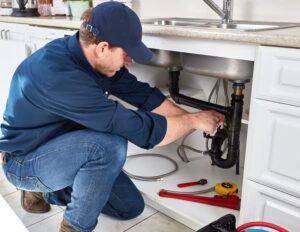
Water getting into a home from a quick burst pipe, an appliance that overflows, or bad weather can damage it right away. Visible water pooling is often the surface of a deeper problem, since moisture quickly enters building materials, concealed cavities, and fundamental structures. Such damage requires a highly skilled and thorough approach that stresses rapid structural integrity and safety assessment, not merely mopping up. Missing these initial measures can cause widespread mold development, persistent odors, deteriorated structural components, and poor indoor air quality. Thus, a thorough restoration process involves meticulously assessing every impacted area to guarantee the property is dry and safe for its tenants. waterdamagerestorationinhouston.com offers reputable services to start this crucial procedure, especially in high-risk areas.
Addressing Safety Concerns

Lecturing safety hazards is essential before starting any restoration work. Water damage can offer several threats to a property, some of which are not evident yet represent serious concerns to anyone entering. Prioritizing these issues protects residents and restoration teams.
- Electrical Hazards: Water and electricity are dangerous. Standing water or moist building materials can impair wiring, outlets, and appliances, posing electrocution concerns. Before anyone enters, a certified electrician should turn off power to the affected locations.
- Water-saturated wood, drywall, and plaster can swiftly lose structural integrity. Ceilings may sag, walls buckle, and floors collapse. Professionals evaluate all structural aspects to determine if temporary shoring or quick destruction is needed to avert accidents.
- Water pollutants and biohazards vary by source. External flooding, sewage backups, and standing water can contain pathogens like bacteria, viruses, chemicals, and others that are harmful. Preventing exposure requires proper PPE, containment, and specialist cleaning and waterdamagerestorationinhouston.com providers can handle various contamination levels.
- Slipping: Wet surfaces, especially stairs and smooth flooring, pose immediate slip-and-fall hazards. Debris removal and appropriate lighting are essential to reduce physical risks during the initial reaction.
- Mold Growth: It’s dangerous, especially for respiratory health. The examination identifies mold-growing conditions and plans swift drying to stop it.
Restoring Stability
After controlling immediate safety threats and assessing the damage, the restoration phase stabilizes the property. This entails careful water extraction, drying, and structural repairs or reconstruction if needed. Air movers and dehumidifiers are strategically placed to dry out all damaged materials and minimize humidity after powerful pumps and industrial-grade wet vacuums remove standing water. After assessing structural damage, specialized teams will repair weakened beams, replace damaged drywall, or reconstruct affected areas to restore the property to its pre-damage state for long-term safety and habitability.







